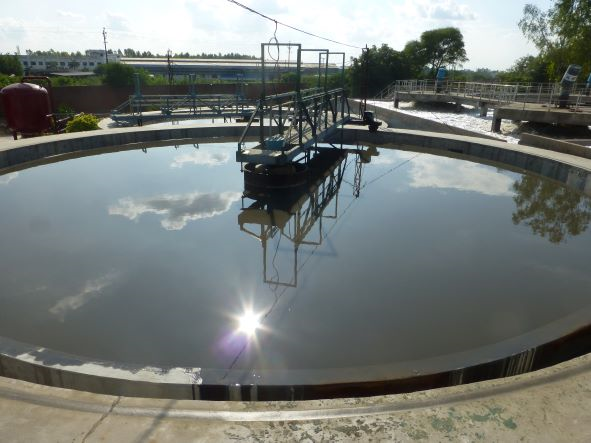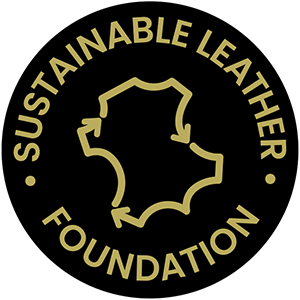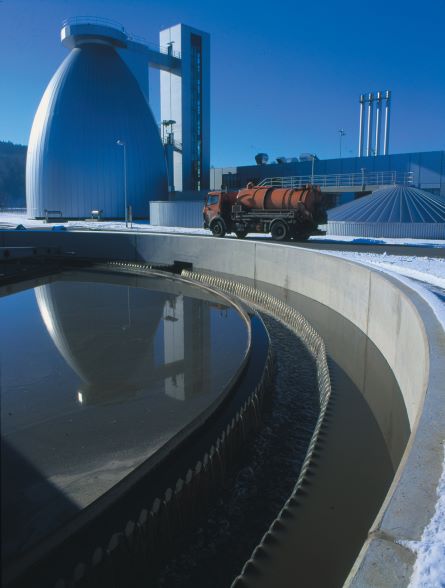"Introduction to treatment of tannery effluents” UNIDO online course launched.
Course “Introduction to treatment of tannery effluents” has been developed with industry leading practioners and trainers with the purpose to help students, tannery mangers and technicians to become acquainted with basic principles and methods of tannery effluent. The Course was prepared based on demand from industry and various training institutions to provide a full package learning content related to the tannery effluent treatment. Consumers more sustainable and ethical products and adherance to international environmental norms and standards. The course is designed for training institutions, private companies and individuals that require understanding of effluent treatment methods in utilize in the leather industry. It has been peer reviewed by various experts from IULTCS and Sustainable Leather Foundation.
The Course fits with the “SAFE LEATHER” approach requiring each product to be safe for the environment. Treatment of effluents is very important to minimize the environmental footprint of tanneries and provide safe living environments for nearby communities.
The course complement UNIDO’s booklets related to treatment of tannery effluents, pollutants in effluents, framework for sustainable leather manufacture and others.
To facilitate understanding, the topic is split into blocks covering the main treatment steps and operations.
- Load, norms, in-house treatment
2. Treatment within tannery compound
3. Sludge dewatering
4. Biological (secondary) treatment
5. Occupational safety and health (OSH) common effluent treatment plant (CETP) costing and management

The Course is offered for free and available at UNIDO learning platform and also UN SDG learning platform including Certificate for successful participants.
Feedback from the course participant:
“This course is very relevant to current industry needs. As zero emission leather processing is our ultimate goal, the course will help us to achieve environmental targets and also market requirements to safeguard environment. We will disseminate it to our partners and integrate it into our training programme as a requirement for personnel and stakeholders.”
The Course has been prepared thanks to contribution from the Government of Japan and the Global Environmental Facility (GEF).
Link to the course: https://learning.unido.org/course/view.php?id=6

